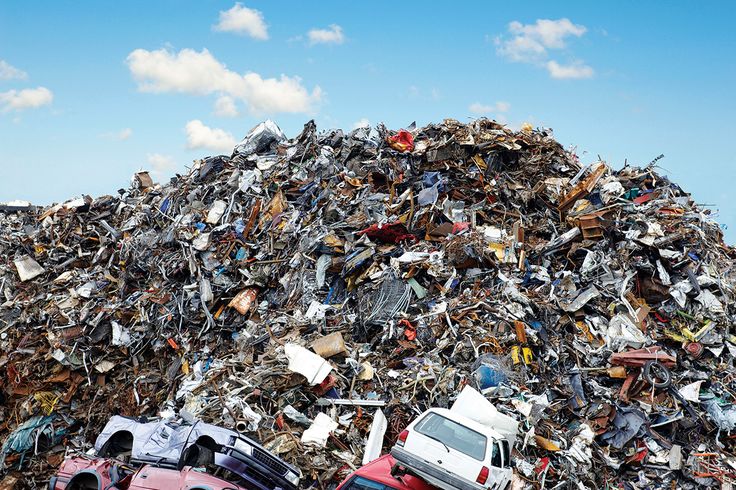We generate waste, a byproduct of our daily activities and consumption patterns. From the moment we wake up in the morning to the time we go to bed at night, waste is being produced in various forms.

What is Throwaway Culture?
Throwaway culture refers to a societal mindset and behavior that encourages the disposal of products and goods after a short period of use, rather than repairing, reusing, or recycling them.
It is characterized by the rapid consumption and disposal of items, leading to significant environmental, economic, and social consequences.
In throwaway culture, products are designed to have a short lifespan and are often made with low-quality materials.
This encourages consumers to constantly replace their belongings rather than investing in durable and long-lasting items.
The rise of mass production and globalization has contributed to the prevalence of throwaway culture, as it has become easier and cheaper to produce disposable goods.
The more we consume, the more we throw away
One of the main drivers of throwaway culture is consumerism.
Advertising and marketing campaigns constantly promote new products, creating a sense of desire and urgency among consumers to own the latest trends.
This leads to a cycle of continuous consumption, where individuals feel compelled to discard perfectly functional items in favor of newer versions.
Throwaway culture also stems from convenience and time-saving considerations.
In today’s fast-paced society, people often prioritize convenience over sustainability.
Disposable products offer quick solutions without the need for maintenance or repair.
However, this convenience comes at a high cost to the environment.
From an environmental point of view
The environmental impact of throwaway culture is significant.
The production, transportation, and disposal of disposable goods contribute to greenhouse gas emissions, resource depletion, and pollution.
Single-use plastics, such as bags, bottles, and packaging materials, are particularly problematic as they take hundreds of years to decompose and often end up in landfills or pollute natural ecosystems.
Furthermore, throwaway culture exacerbates waste management challenges.
Landfills are filling up at an alarming rate, leading to increased pressure on limited landfill space.
Recycling systems struggle to keep up with the sheer volume of discarded items, resulting in a significant portion ending up in landfills or being incinerated.
From a social point of view
Throwaway culture also has social implications.
The constant pursuit of new possessions can lead to a sense of dissatisfaction and unhappiness when individuals fail to find fulfillment through material possessions alone.
Additionally, the disposal of goods often occurs in low-income communities or developing countries, leading to environmental injustice and health hazards for marginalized populations.
THE INITIATIVES
To address throwaway culture, various initiatives have emerged.
Governments and organizations have implemented policies and regulations to promote sustainable practices such as extended producer responsibility, plastic bag bans, and recycling programs.
Consumers are becoming more aware of the impact of their choices and are actively seeking alternatives to disposable products.
Additionally, there is a growing movement towards minimalism and conscious consumption, encouraging individuals to prioritize quality over quantity and reduce their overall consumption.
In conclusion, throwaway culture refers to a societal mindset that encourages the disposal of products after short periods of use.
It is driven by consumerism, convenience, and a linear model of production and consumption.
The environmental, economic, and social consequences of throwaway culture are significant.
However, efforts are being made to shift towards more sustainable practices and promote a circular economy.
